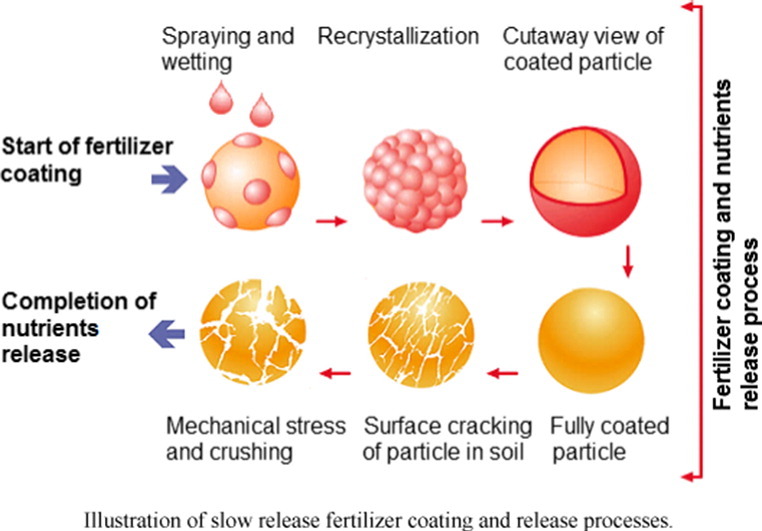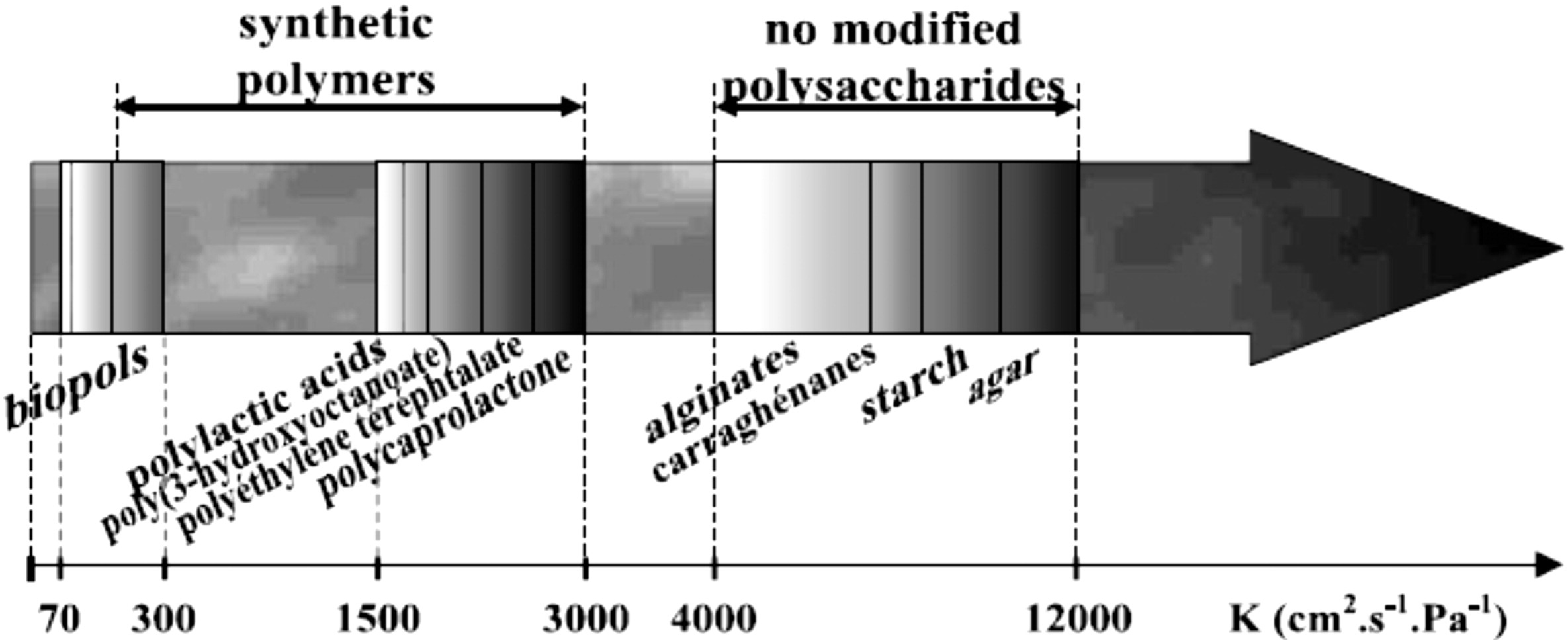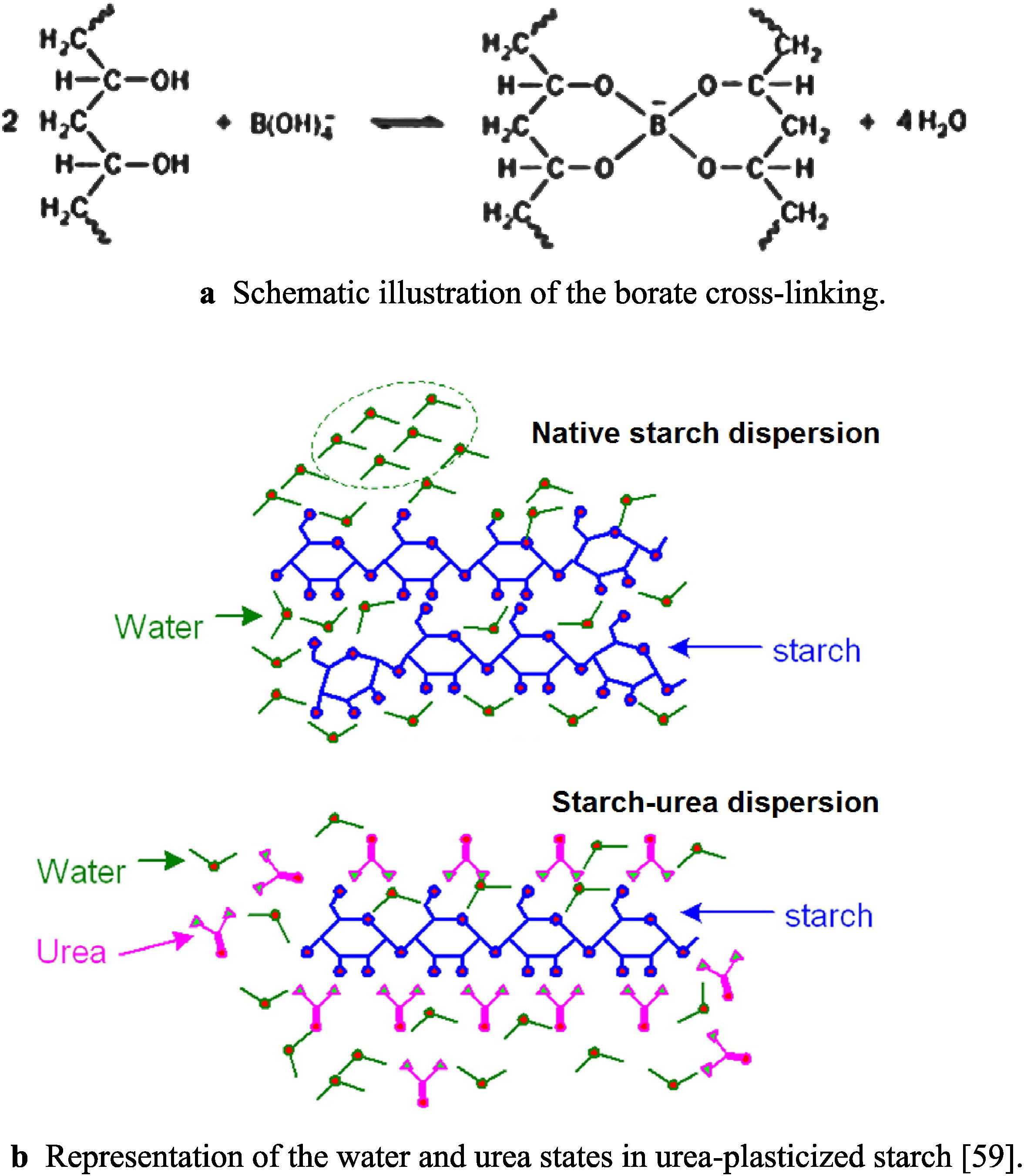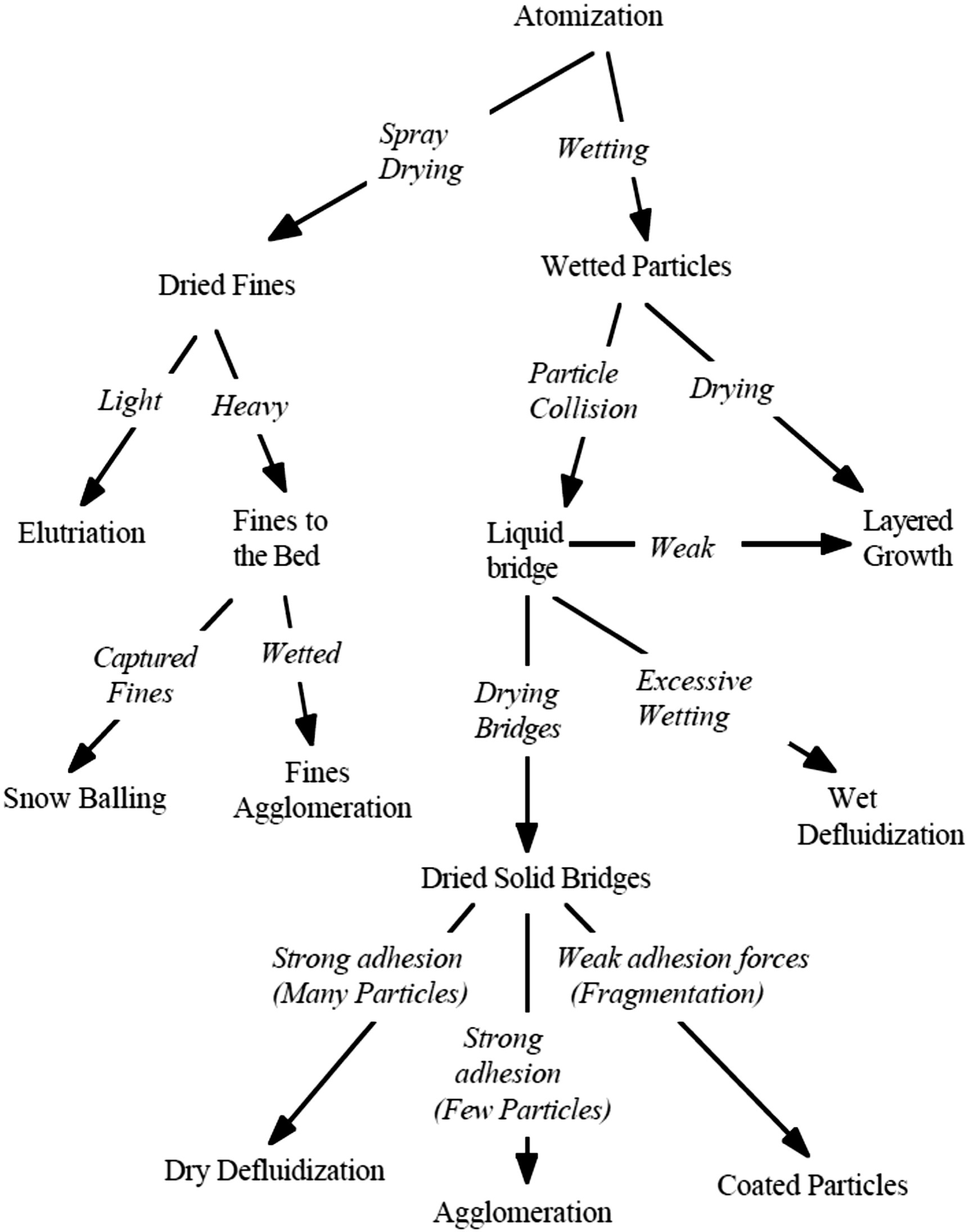Slow release coating remedy for nitrogen loss from conventional urea: A review
Author: Shaharin Anwar Sulaiman - January 2016
Abstract
Developing countries are consuming major part of the global urea production with an anticipated nitrogen use efficiency of 20 to 35%. The release of excess nitrogen in the soil is not only detrimental to the environment but also lessens the efficiency of the conventional urea. The urea performance can be enhanced by encapsulating it with slow release coating materials and synchronizing the nutrients' release with the plant up-taking. However, the present cost of most of the coated fertilizers is considerably higher than the conventional fertilizers. The high cost factor prevents their widespread use in mainstream agriculture. This paper documents a review of literature related to the global urea market, issues pertaining to the conventional urea use, natural and synthetic materials for slow release urea and fluidized bed spray coating process. The aim of the current review is to develop technical understanding of the conventional and non-conventional coating materials and associated spray coating mechanism for slow release urea production. The study also investigated the potential of starch as the coating material in relation to the coatings tested previously for controlled release fertilizers.
Methodology
The slow-release urea can be produced in the form of granules or tablets coated with hydrophobic polymers or matrices in which the soluble active materials are dispersed in a continuum to restrict the dissolution rate. The urea coatings can be divided into organic polymer and mineral based inorganic coatings. The organic polymer coatings are based on resins or thermoplastic materials, whereas the inorganic coatings are based on sulfur or other mineral based materials. The materials used in matrix preparation are divided further into hydrophobic materials and gel forming polymers. The latter are hydrophilic in nature and lessen the dissolution of urea in water. In reality, the use of matrices for controlled release of nutrients is less common than the coated urea. On the other hand, the gel based matrices are in developing phase and still in their infancy.
Impact & Benefits
Improved Nutrient Efficiency: Slow-release coatings help to enhance the efficiency of nitrogen utilization by crops. By releasing nitrogen gradually over an extended period, they align nutrient availability more closely with plant demand. This can lead to better uptake by crops and reduced losses through leaching or volatilization.
Reduced Environmental Impact: Nitrogen runoff and leaching are major contributors to water pollution and ecosystem degradation. Slow-release coatings mitigate these issues by decreasing the amount of nitrogen that is available for leaching into groundwater or running off into surface water bodies. This helps in preserving water quality and reduces the risk of eutrophication in lakes and rivers.
Minimized Nitrogen Volatilization: Conventional urea is prone to nitrogen volatilization, where nitrogen is lost to the atmosphere as ammonia gas. Slow-release coatings reduce this loss by controlling the rate at which urea is hydrolyzed and converted into ammonia. This not only conserves nitrogen for plant uptake but also reduces atmospheric pollution and odors associated with ammonia emissions.
Enhanced Crop Yield: By providing a more sustained and balanced supply of nitrogen to crops, slow-release coatings can contribute to improved yields and crop quality. This is particularly beneficial in areas where nitrogen availability fluctuates due to factors like soil type, weather conditions, or irrigation practices.
Market Potential
Increased Calorific Value under Combustion Atmosphere:The torrefied biomass under combustion atmosphere showed higher calorific value, carbon contents, and fixed carbon. This suggests that the torrefaction process can enhance the energy content of the biomass, making it potentially attractive for energy applications.
Effect of Torrefaction Atmosphere:The text mentions that the torrefaction atmosphere has an impact on performance. Understanding these effects is crucial for tailoring the torrefaction process to specific applications.
Utilization of Flue Gases:The conclusion suggests that flue gases from industrial boilers can be utilized in the torrefaction reactor instead of pure nitrogen gas, making the process economically feasible. This could potentially lead to cost savings and increased efficiency.
Economic Feasibility and Commercialization:The suggestion of using industrial flue gases instead of pure nitrogen gas implies a consideration for economic feasibility. If the process becomes more economically viable, it could lead to commercialization opportunities.



